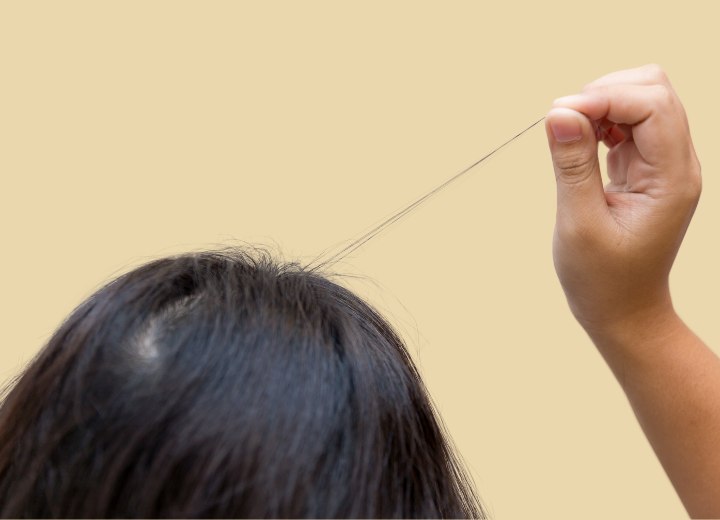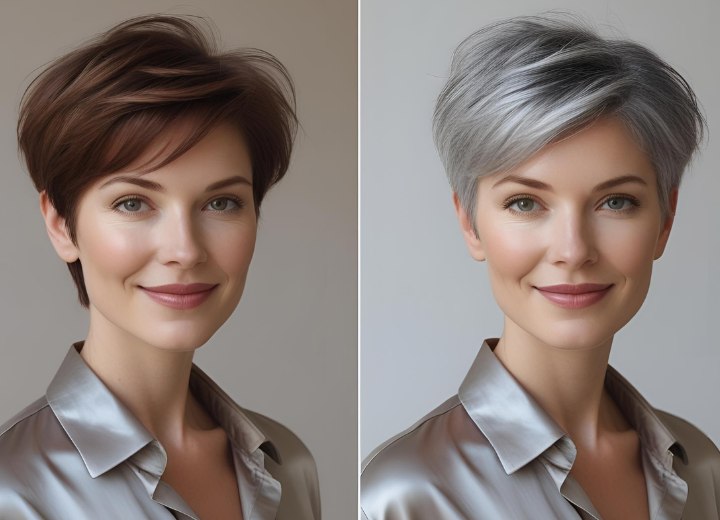Pulling Gray Hairs Out

A: Unfortunately, no. Trust me, I wish it did! If plucking gray hairs could magically multiply them, practically everyone dealing with both thinning and graying hair would be constantly pulling at their strands to encourage a thicker, fuller head of hair. It's one of those beauty myths that sounds almost too good to be true, and sadly, it is.
The timing and pattern of gray hair development appear to be largely determined by our genetics. If your parents went gray early, chances are you will too. However, several external factors can accelerate the process or make it more noticeable. Significant physical or emotional stress can sometimes trigger premature graying. Poor nutrition, especially deficiencies in certain vitamins or minerals, can also contribute to early graying. Certain medical conditions can affect pigment production and cause temporary or permanent graying.
The persistent myth about plucking gray hairs causing two to grow back likely originated from a simple case of coincidental timing. When people first notice gray hairs, they're usually still in the early stages of the graying process. They might pluck out those first few gray strands, but meanwhile, other follicles are naturally beginning to lose their pigment production as well. So within a few weeks or months, several more gray hairs appear in the same general area. It's easy to see how someone might connect these events and assume the plucking caused the multiplication.

There are some potential downsides to frequently plucking gray hairs. Repeatedly pulling hairs can damage the follicle and potentially lead to infection, scarring, or even permanent hair loss in that spot. If you're constantly plucking from the same area, you might end up with patchy spots where hair no longer grows at all.
©Hairfinder.com
See also:
Why and how hair turns gray
Does gray hair grow faster than normal colored hair?
Is it true that coloring your hair will make it turn gray faster?